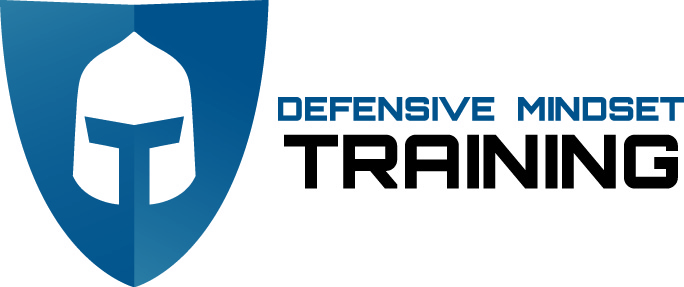If you haven't spent any time with SMT in a range session, you might not realize that range time for most people is utterly useless.
Sounds like heresy coming from a firearms instructor, doesn't it? But it's true. Most people's idea of a range session is a fruitless few minutes or hours of blowing money on ammo and reinforcing bad training scars.
Now if that's your goal, to spend some money and just enjoy the time blowing ammo, cool. But recognize that you're doing nothing to help yourself prepare to use that firearm for defense.
Vast quantities of rounds thrown downrange does not equal skill with that firearm when it counts, despite people who argue "I need to be 'comfortable' with my firearm first, and THEN I'll start doing some real training."
Everything that we do with that firearm lays down a neural pathway and those neural pathways are very, very strong. If we lay down bad neural pathways, we'll get bad usage of the firearm when it counts. If we lay down good neural pathways, we'll get good usage of the firearm when it counts. Garbage in - garbage out. Quality in - quality out. It's just that simple.
So here are a couple of tips to take a "range session" and turn it into a training session.
1. Go to the range with a skill development goal, not a round count goal.
Make a plan of what you want to work on. Is it accuracy, fixing a flinch, rhythm in shots, manipulating the firearm, immediate actions, what is it? You may not work your whole session there, but at least you are starting with something that will put you on a path to working a particular skill instead of the random and useless skills of "comfort with the firearm" or "get some rounds downrange."
2. Come with a few courses of fire ready to go.
Your course of fire (or drill) could simply be open draws or shot strings of 3 or 5 rounds within a time crunch. Whatever it is, if you have a drill or two when you start, you won't spend all of your time wondering what to do or where to begin. That will quickly devolve into simply throwing lead balls at paper and wasting time and ammo.
Don't know what to do? Grab an appropriate Shadow Gunning Drill or pick a couple of the drills from the Drill of the Week videos. If you're an SMT student, grab those homework sheets that you get each class. There are live fire drills there for you ready to go.
3. Really assess how you performed each course of fire.
When you do a drill, don't just reload and start banging away again. Look at the target. Check your shot timer. Assess how well you performed the drill. Maybe take some notes, or use a cellphone camera to record yourself. Take a moment to determine if you performed the drill well, poorly, or somewhere in between. Then, the next time you step up to do that drill, try to do some part of it better.
4. If the training is not going well, stop!
Remember that neural pathways are very powerful. If you reinforce bad neural pathways, they will become harder and harder to overwrite. As an example, if you find yourself flinging rounds all over the target during a draw drill and can't find a normal Par Time to save your life, just stop!
Instead, work on a component of that skill, say just Position 1 of the draw, or just the rhythm of the shot string, or even just your trigger press. Getting even one component piece of that drill fixed will make a huge difference when you come back to the original draw drill another day.
Developing a sound method to make the most of your range time and ammo purchases will go a long way in helping you really achieve sound proficiency with your firearm and your goals. Doing solid training with SMT will help a lot here. If you can't come see us regularly, get a copy of the Concealed Carry Master's Course for handgun work and Home Defense Rifle for rifle work. Each DVD series has more than 60 live and dry fire drills for your use in developing critical defensive firearm skills.

